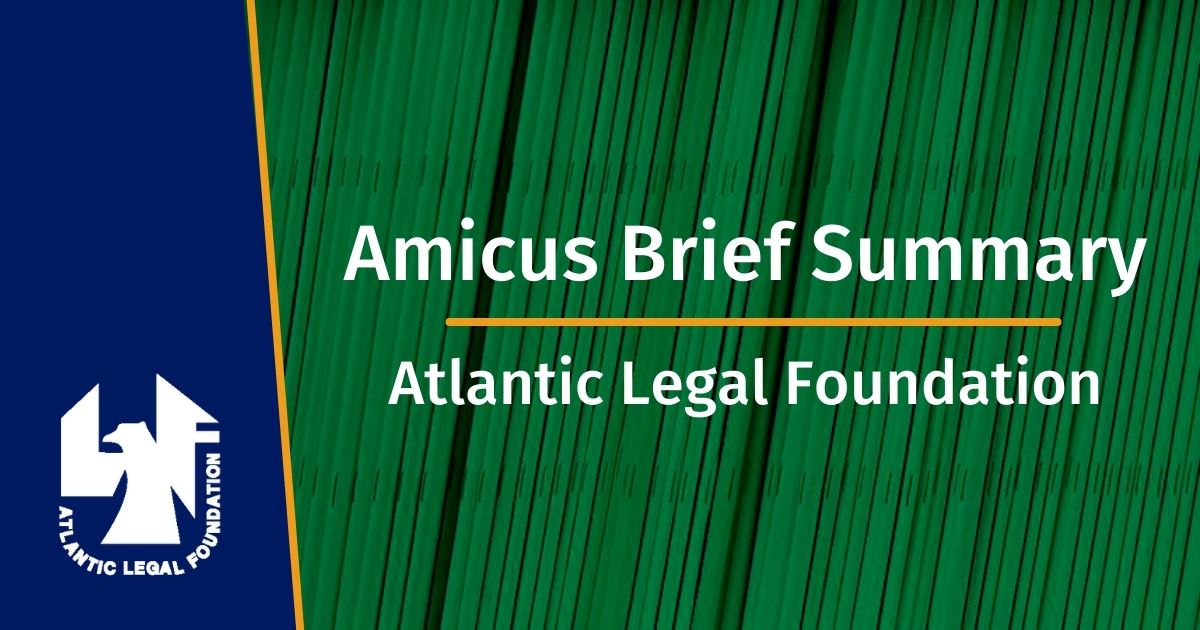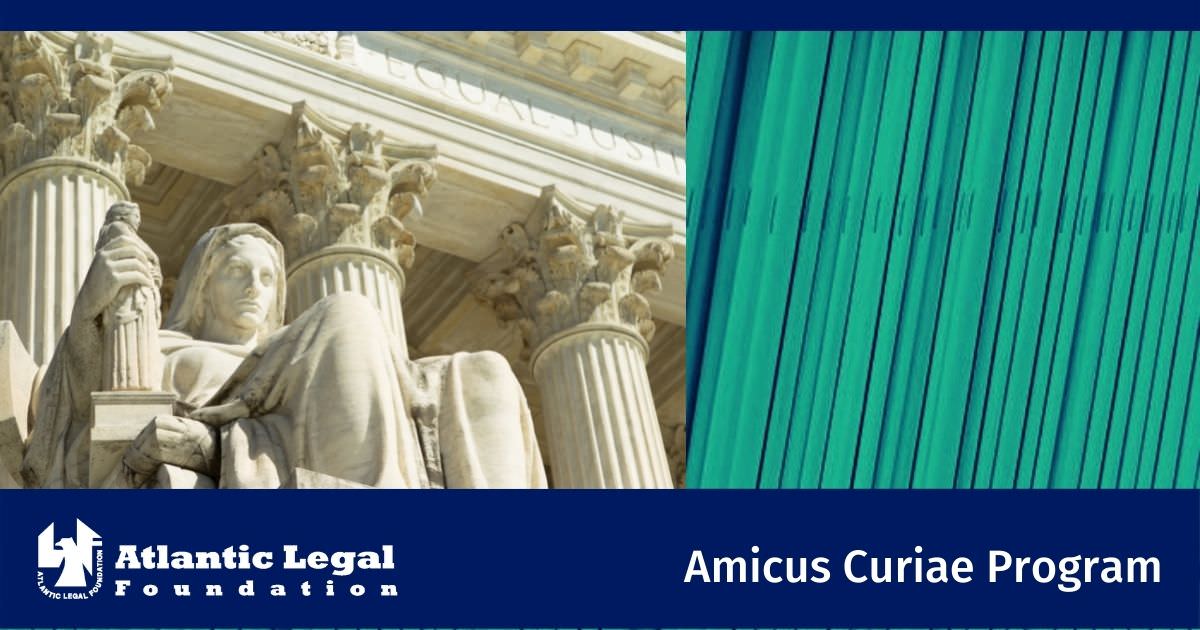
Adjacent to the Adjacent: Does “Navigable Water” Extend Federal Power to All Wetlands?
Congress enacted the Federal Water Pollution Control Act Amendments of 1972 “to restore and maintain the chemical, physical, and biological integrity of the Nation’s waters.” One of the mechanisms adopted by Congress to achieve that purpose is a prohibition on the discharge of any pollutants, including dredged or fill material, into “navigable waters” except pursuant to a permit issued in accordance with the Act. The CWA provides that “the term ‘navigable waters’ means the waters of the United States, including the territorial seas.” The instant case involves the construction of the statutory term “the waters of the United States.”
The Army Corps of Engineers and EPA define navigable waters to include “[w]etlands adjacent to waters (other than waters that are themselves wetlands). In United States v. Riverside Bayview Homes, Inc., 474 U.S. 121 (1985), the Court allowed the Corps to require permits for discharging of fill materials into wetlands, holding that “in view of the breadth of federal regulatory authority contemplated by the Act itself and the inherent difficulties of defining precise bounds to regulable waters, the Corps’ ecological judgment about the relationship between waters and their adjacent wetlands provides an adequate basis for a legal judgment that adjacent wetlands may be defined as waters under the Act.”
Petitioners own a tract of 19.61 acres in Chesterfield Township in Macomb County, Michigan. One of the last large forested wetlands in Macomb County covers 15.96 acres of the property. In August 1999, petitioners applied to the Corps for a permit to fill the wetland in order to build the condominium complex. Petitioners also proposed to connect two of the areas of replanted wetlands directly to the ditch to allow the exchange of water.
The Corps denied their permit concluding that petitioners’ proposed development activities would have substantial negative impacts on water quality, terrestrial wildlife, and the overall ecology, as well as lesser effects regarding downstream erosion and sedimentation, flood hazards and floodplain values, and aquatic wildlife. The Corps based their jurisdiction on the claim that the relevant wetland is “adjacent to a drain which empties directly into a [traditional navigable] water.”
Two courts below sided with the Corps on the scope of its own powers, and its judgment that Petitioners project was against the public interest.
Issue Areas:
Limited Government, Property Rights
Case:
Rapanos v. United States, Supreme Court, (merits stage) (2004)
Question(s) Presented:
1. Does the Clean Water Act’s prohibition on un permitted discharges to “navigable waters: extend to nonnavigable wetlands that do not even abut a navigable channel of water?
2. Does extension of Clean Water Act jurisdiction to every interstate wetland with any sort of hydrological connection to navigable waters, no matter how tenuous or remote, exceed Congress’ constitutional power to regulate commerce among the states?
Additional Background:
For purposes of the Section 402 and 404 permitting programs, the current EPA and Corps regulations implementing the CWA include substantively equivalent definitions of the term “waters of the United States.” The Corps defines that term to include:
(1) All waters which are currently used, or were used in the past, or may be susceptible to use in interstate or foreign commerce, including all waters which are subject to the ebb and flow of the tide;
(2) All interstate waters including interstate wetlands;
(3) All other waters such as intrastate lakes, rivers, streams (including intermittent streams), mudflats, sandflats, wetlands, sloughs, prairie potholes, wet meadows, playa lakes, or natural ponds, the use, degradation or destruction of which could affect interstate or foreign commerce * * *;
(4) All impoundments of waters otherwise defined as waters of the United States under the definition;
(5) Tributaries of waters identified in paragraphs (a)(1) through (4) of this section;
(6) The territorial seas;
(7) Wetlands adjacent to waters (other than waters that are themselves wetlands) identified in paragraphs (a)(1) through (6) of this section.
The Corps’ regulations define the term “wetlands” to mean “those areas that are inundated or saturated by surface or ground water at a frequency and duration sufficient to support, and that under normal circumstances do support, a prevalence of vegetation typically adapted for life in saturated soil conditions. Wetlands generally include swamps, marshes, bogs, and similar areas.” 33 C.F.R. 328.3(b). The term “adjacent” is defined to mean “bordering, contiguous, or neighboring.” 33 C.F.R. 328.3(c). The regulations further specify that “wetlands separated from other waters of the United States by man-made dikes or barriers, natural river berms, beach dunes and the like are ‘adjacent wetlands.’”
ALF’s Amicus Brief:
In an amicus brief the Foundation argues that the Corps‘ “hydrological connection rule” is yet another attempt to extend its own authority to all wetlands in the United States, inconsistent with this Court’s ruling in Solid Waste Agency of North Cook County v. United States, 531 U.S. 159 (2001) (striking dow the “migratory bird rule”), which limited their authority to only wetlands adjacent to navigable waters. Of primary importance is whether the term “navigable waters” in the Clean Water Act has a limiting effect, or no effect whatsoever. Should all rain water (and all land it touches) next be regulated under the statute if the Corps can contrive some ecological public interest rationale for the expansion of its powers beyond the plain meaning of the text of the act?
The Corps has advanced many anti-democratic arguments against the practice of governing based on the lawfully enacted words that comprise Congressional statutes, including quotes of individual legislators or committees (contrived intent), and their own interpretation not being challenged by later Congresses (acquiescence). Committees do not make laws in the United States. If the Corps is free to disregard the plain language of a statute passed by the lawfully elected representatives of the American people, how would corrective legislation curtail the actions of any agency?
“Hydrological connection” is in no way derived from the term navigable. It is derived from a government agency seeking to promulgate the vaguest interpretation of its own jurisdiction imaginable. Such agency behavior has no place under the Constitution of the United States, a government of laws not of agency fiat, which places “primary power over land and water use” with the States. SWANCC at 173. The court below was wrong to base its decision on any assessment of the public interest. ALF respectfully asks this Court to reverse the decision of the court below.
Status:
On June 19, 2006, the Supreme Court issued a favorable decision.
Date Originally Posted: December 2, 2005





